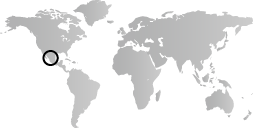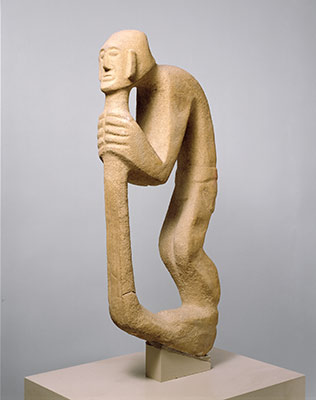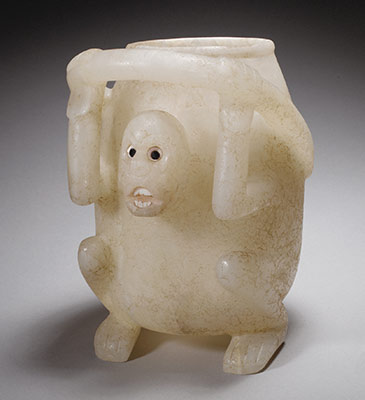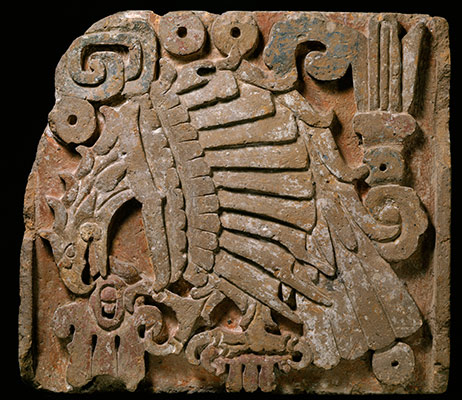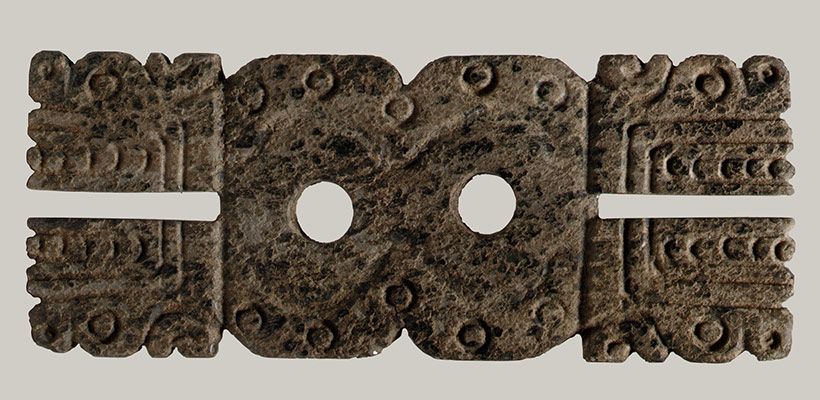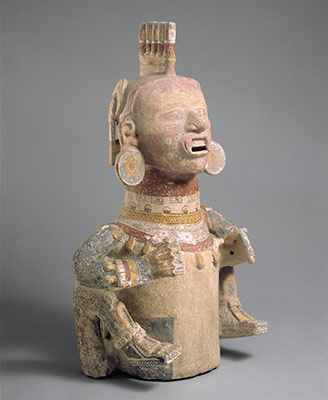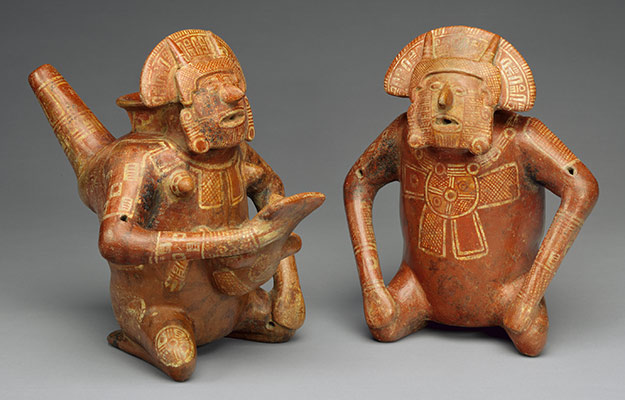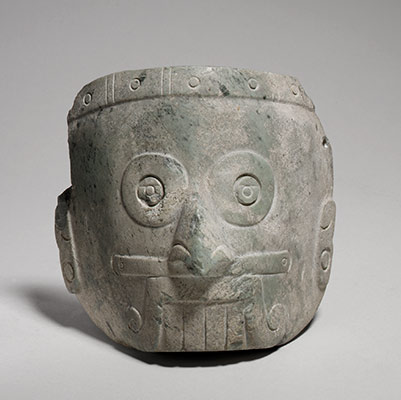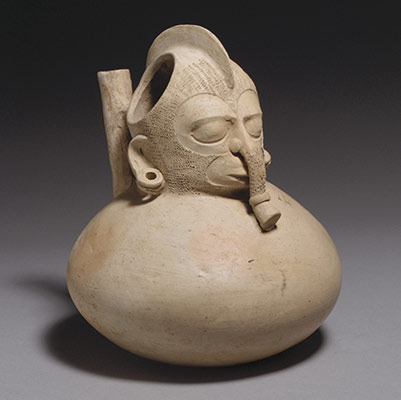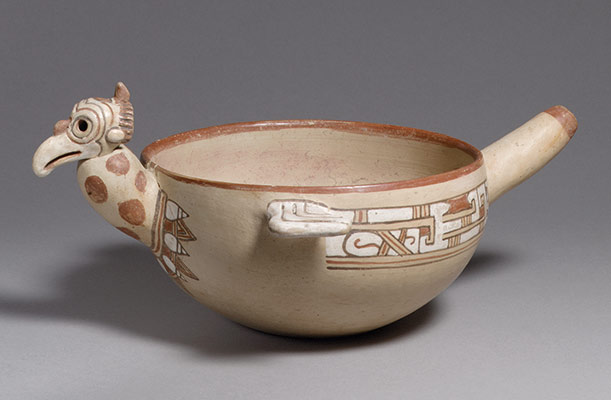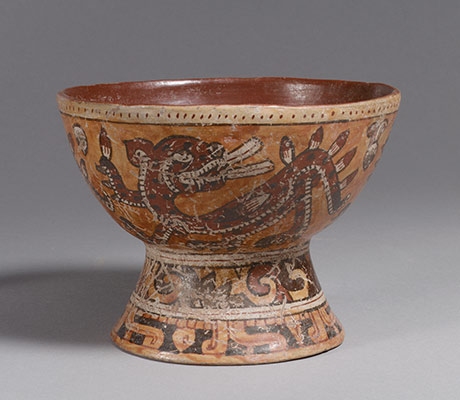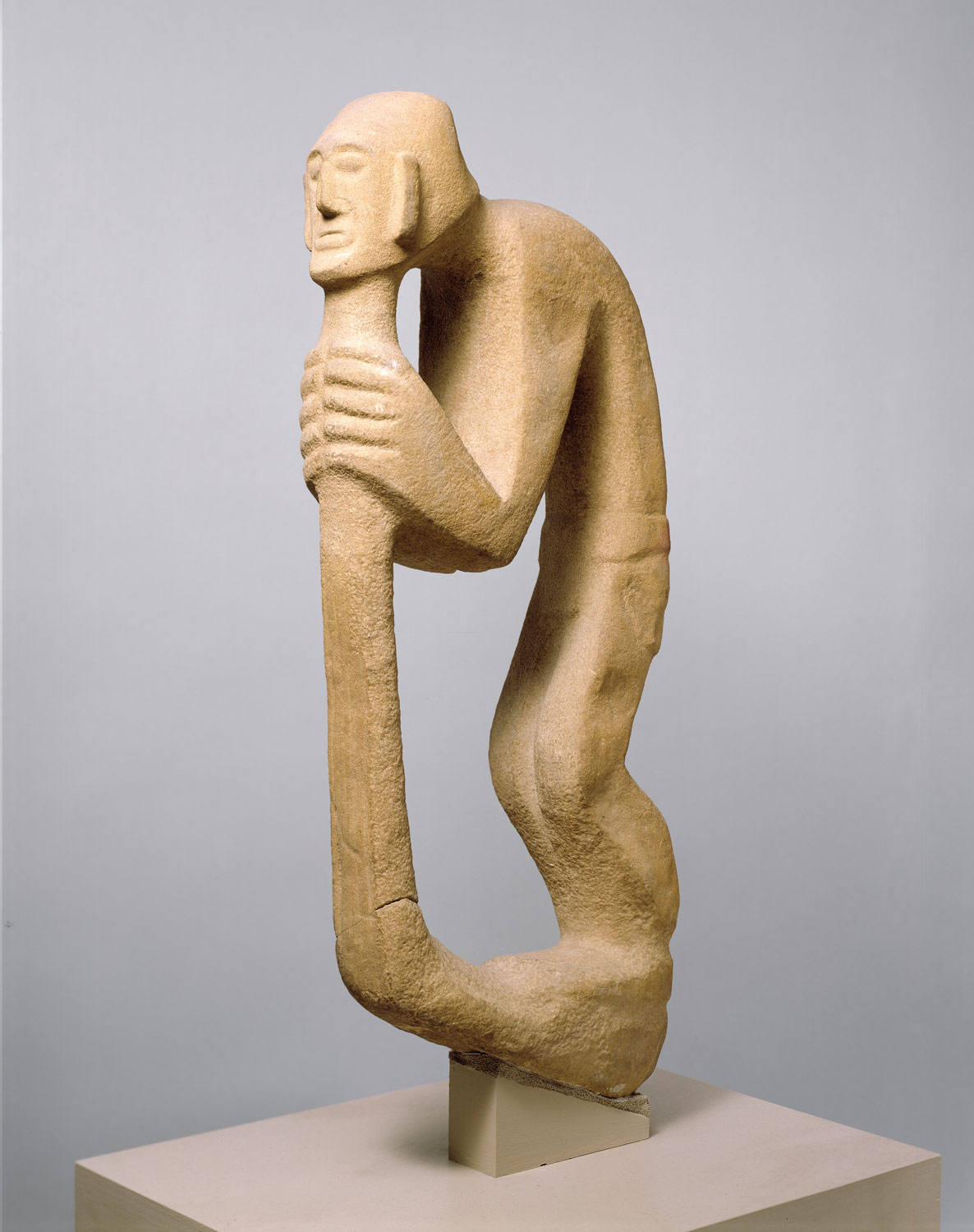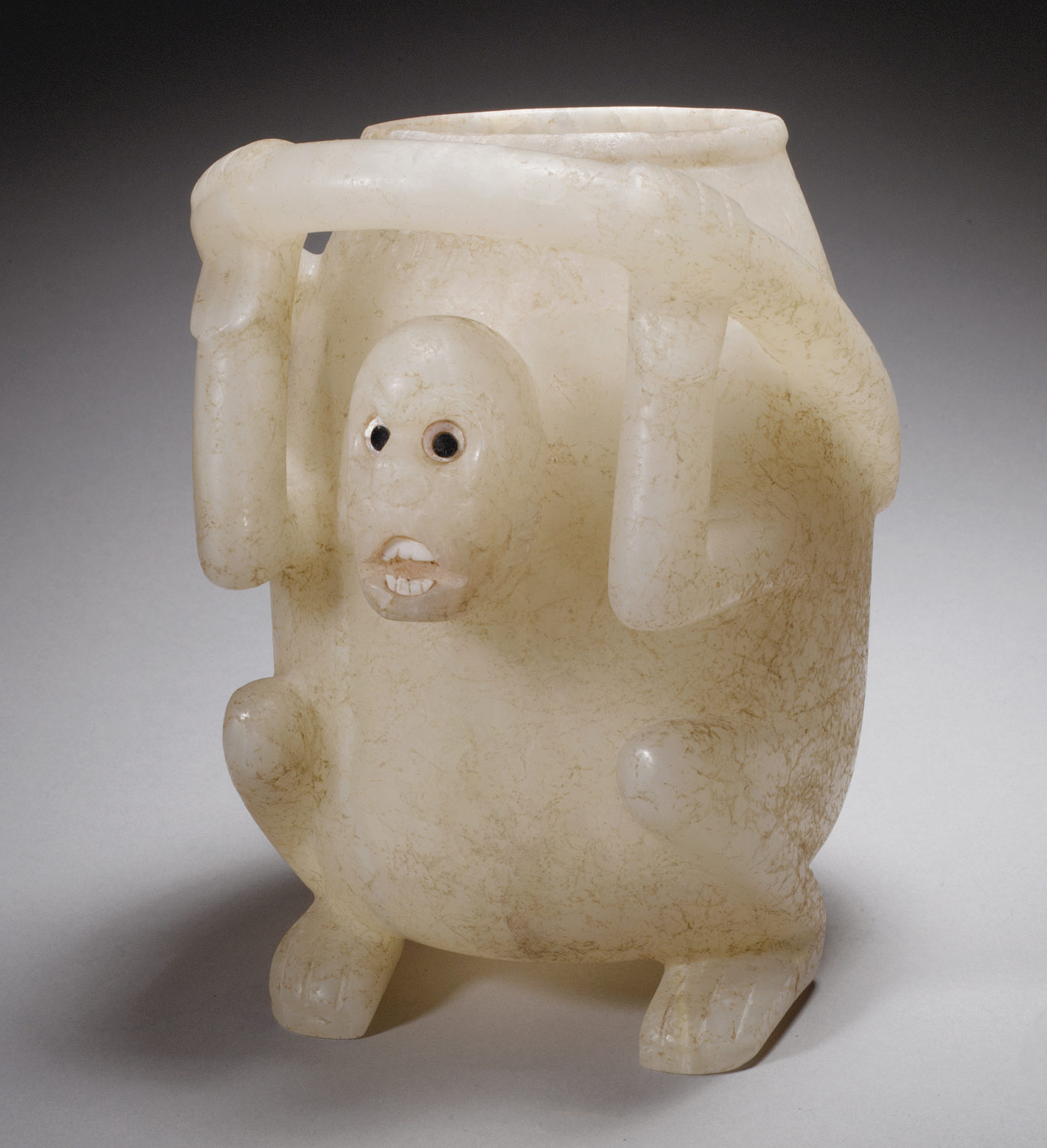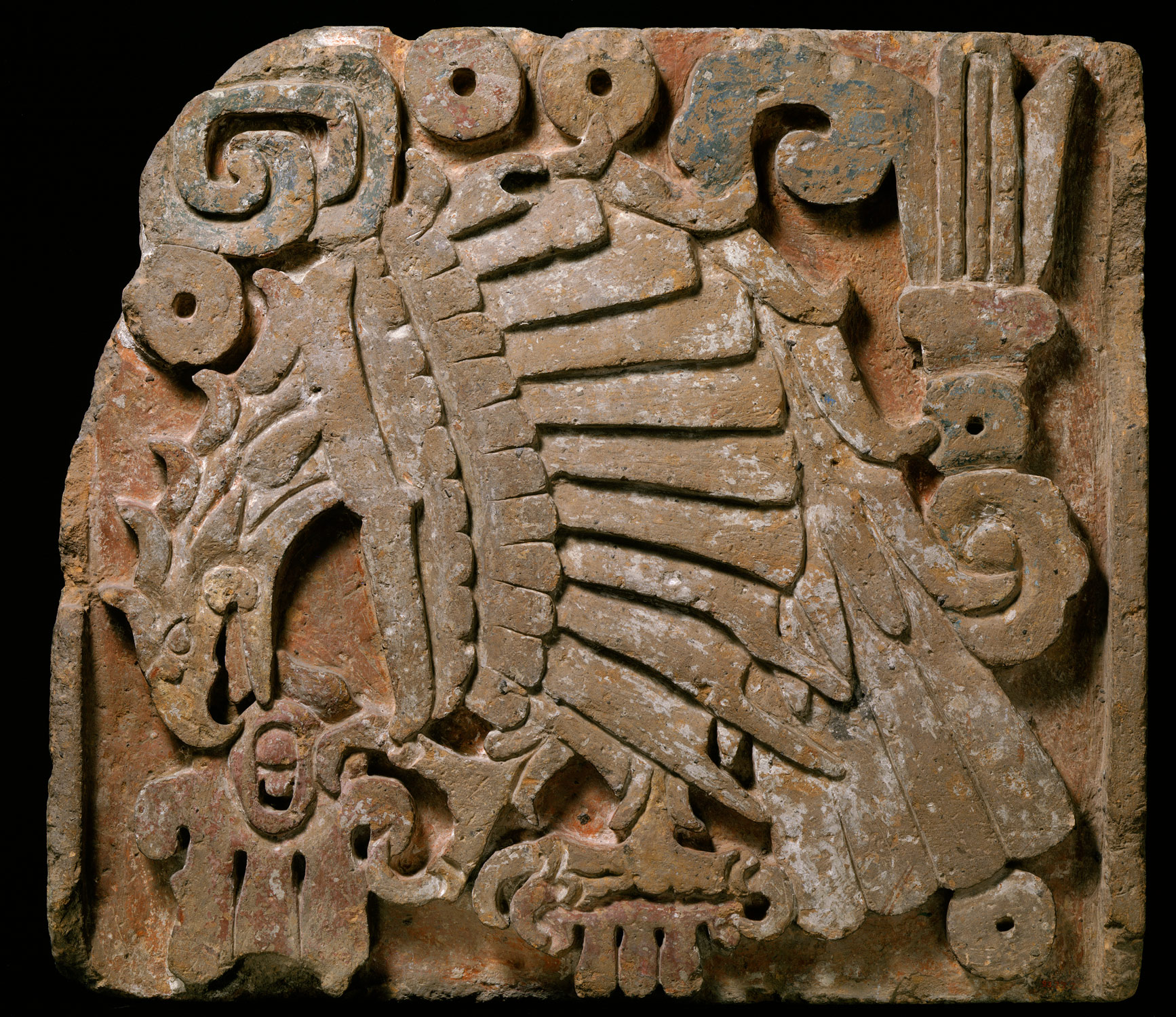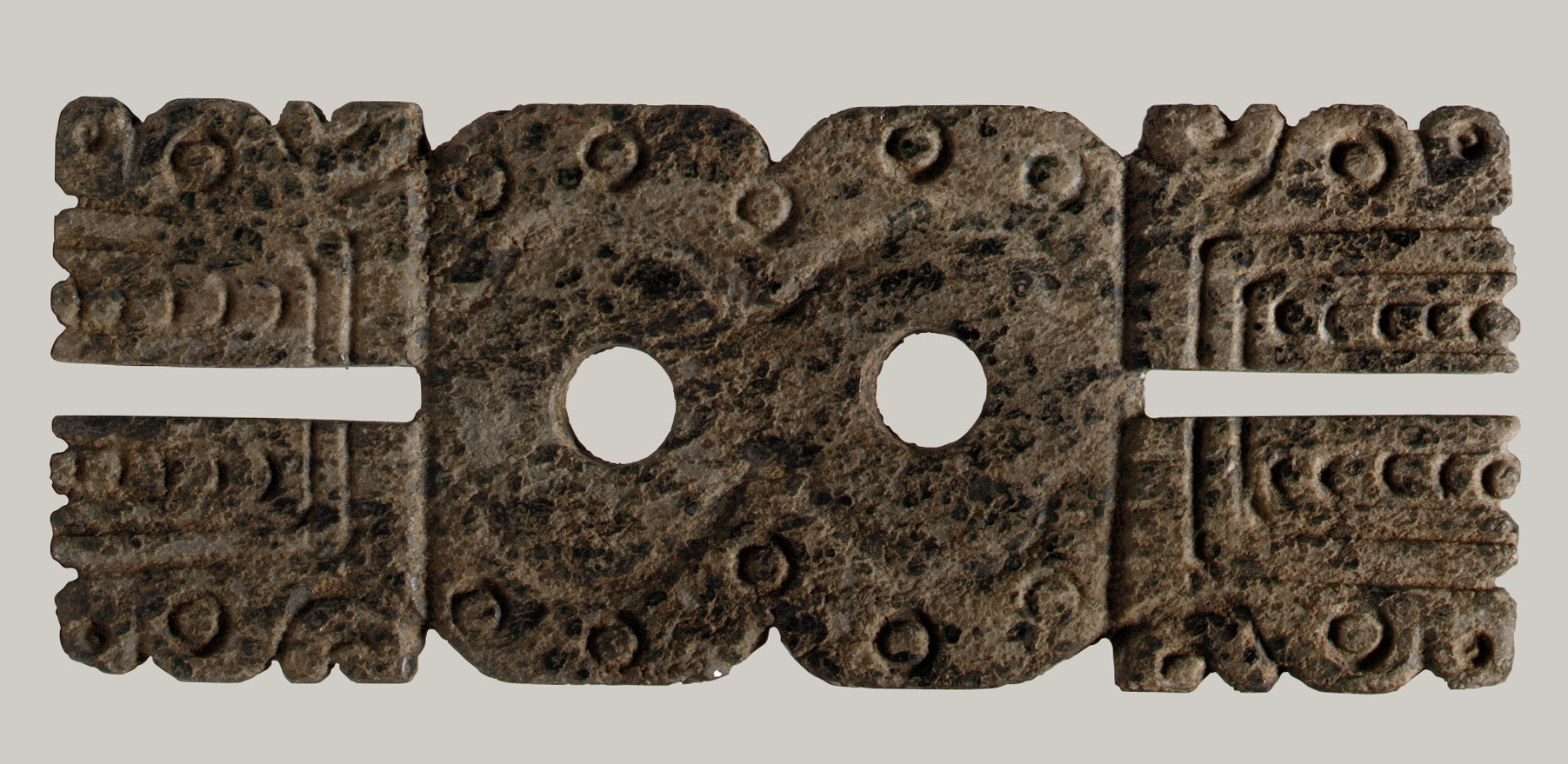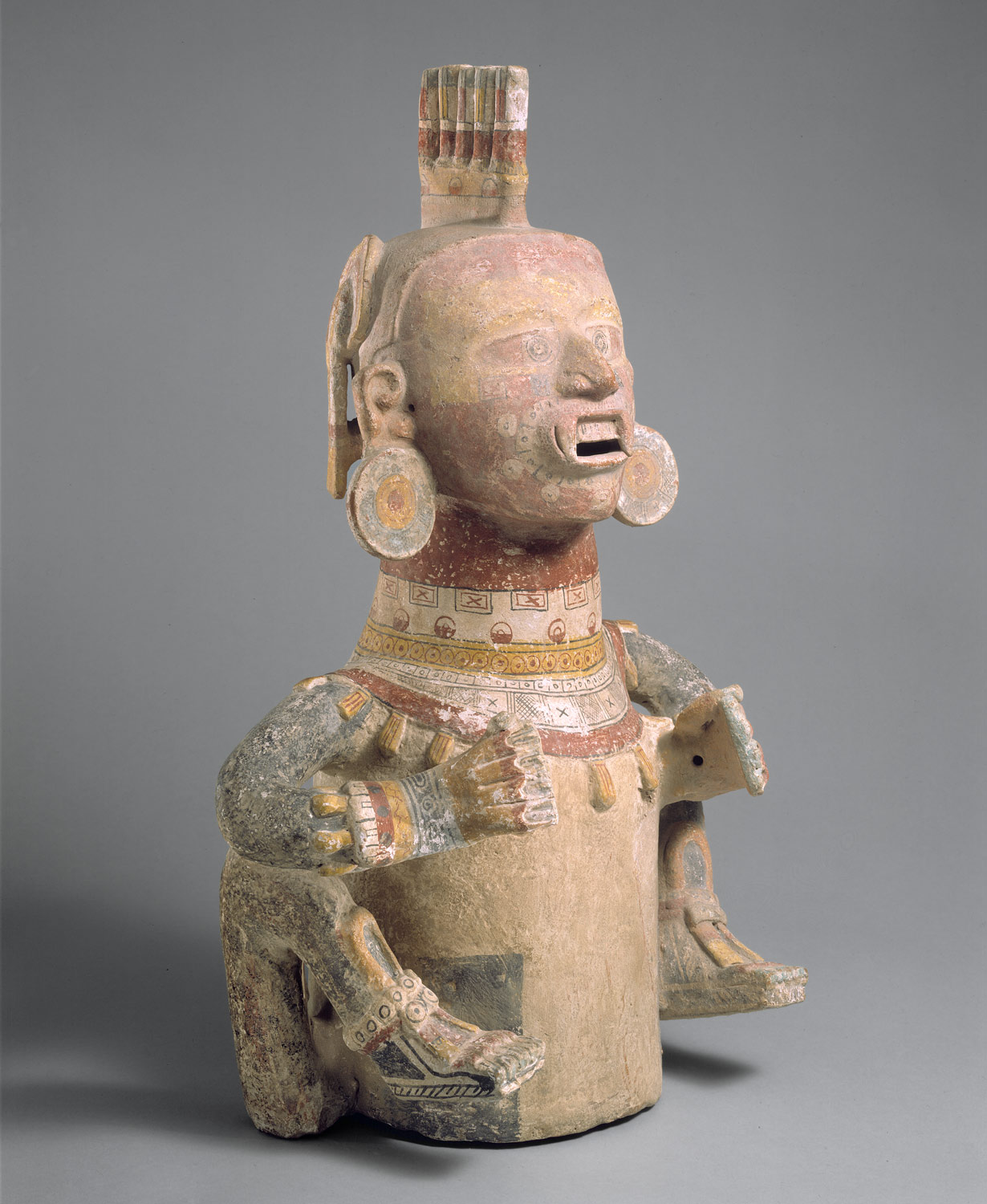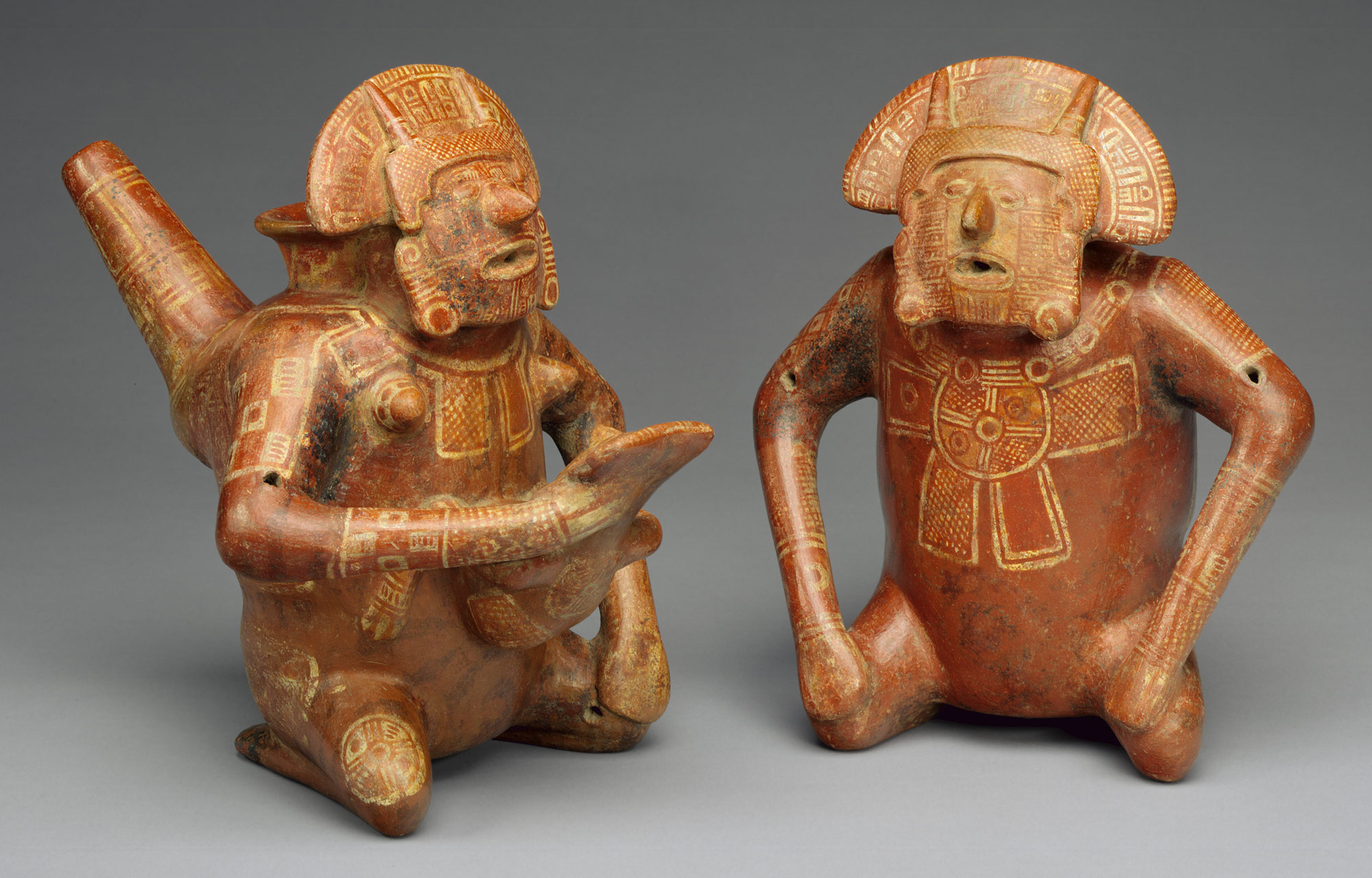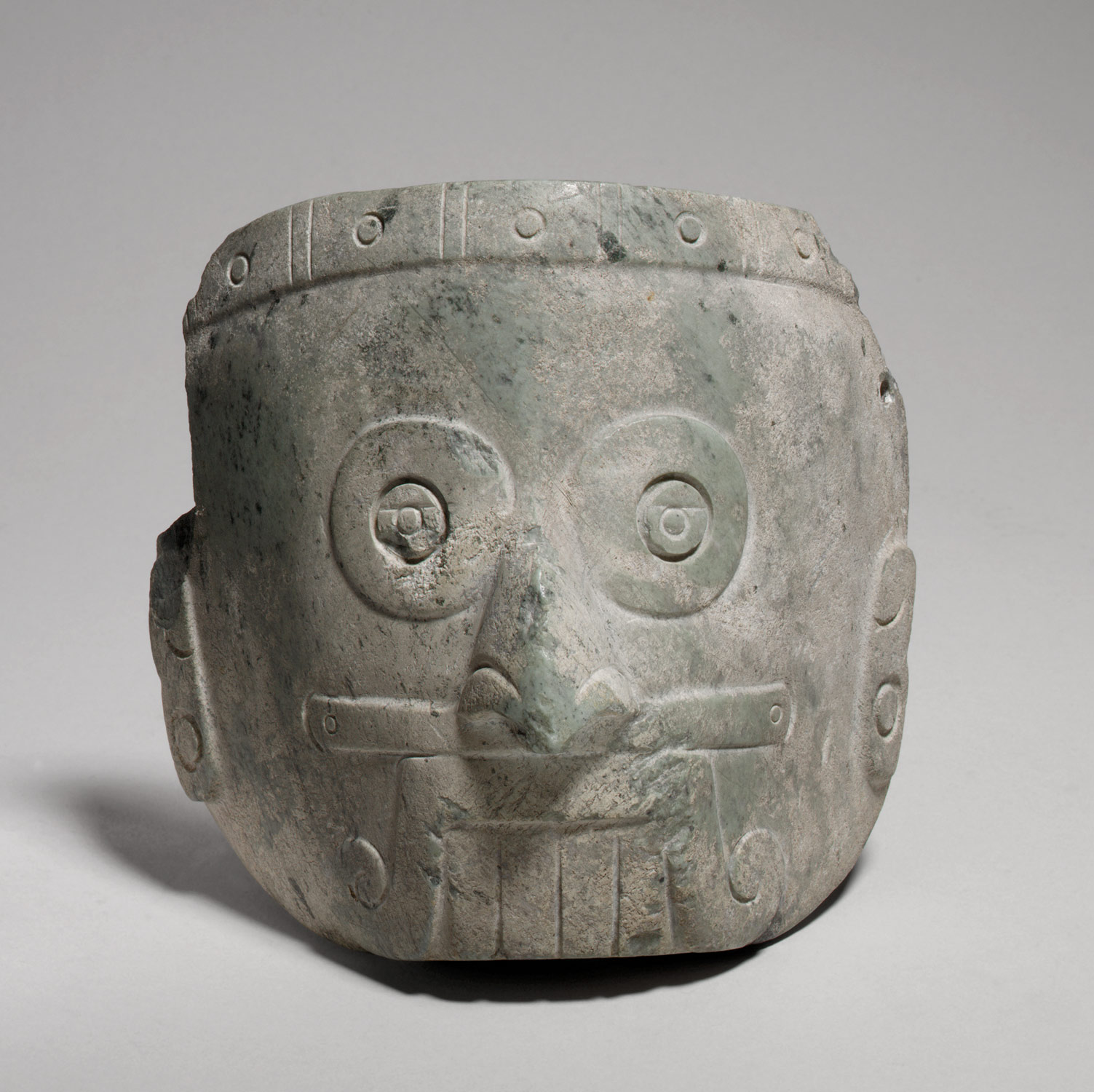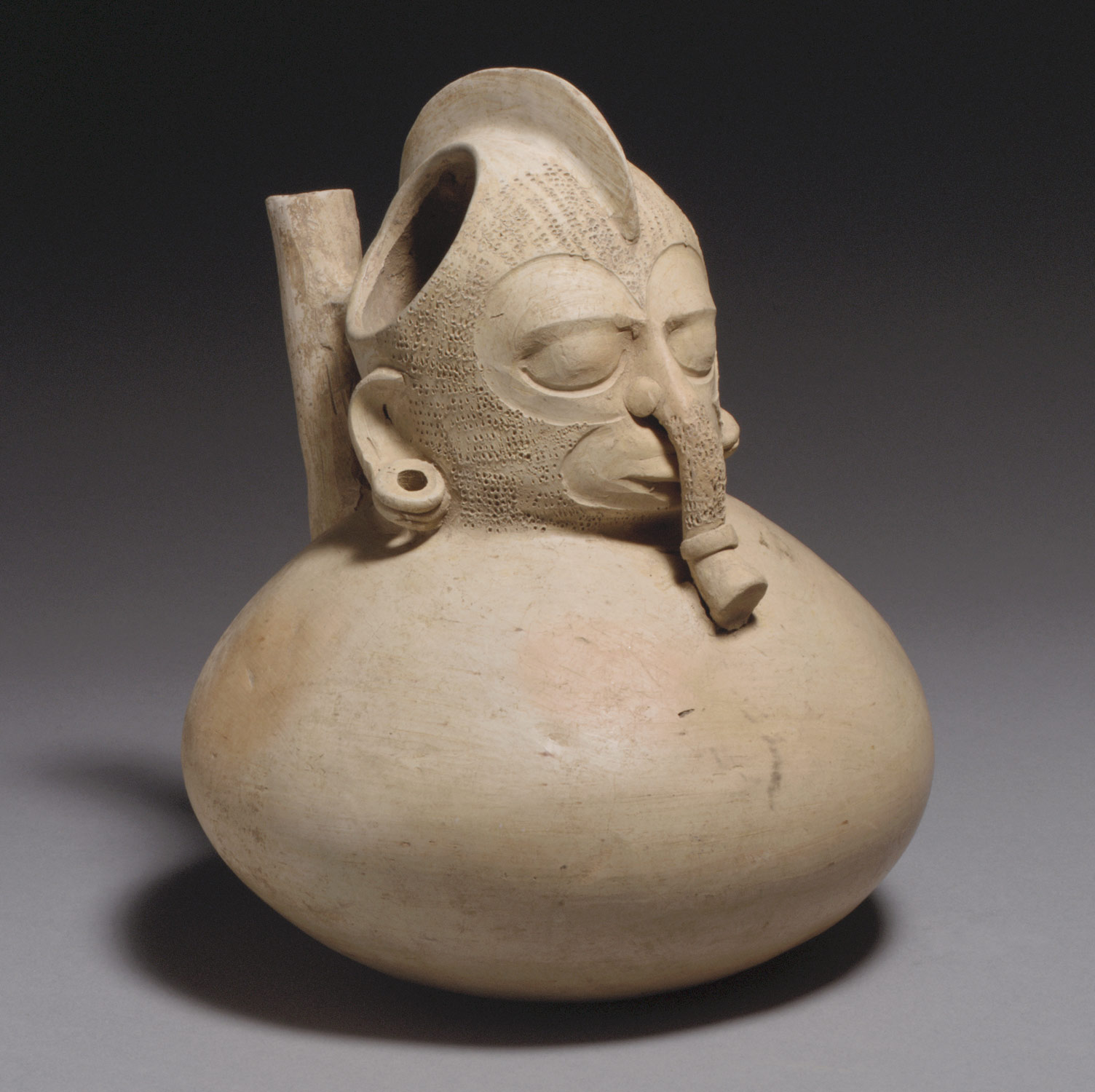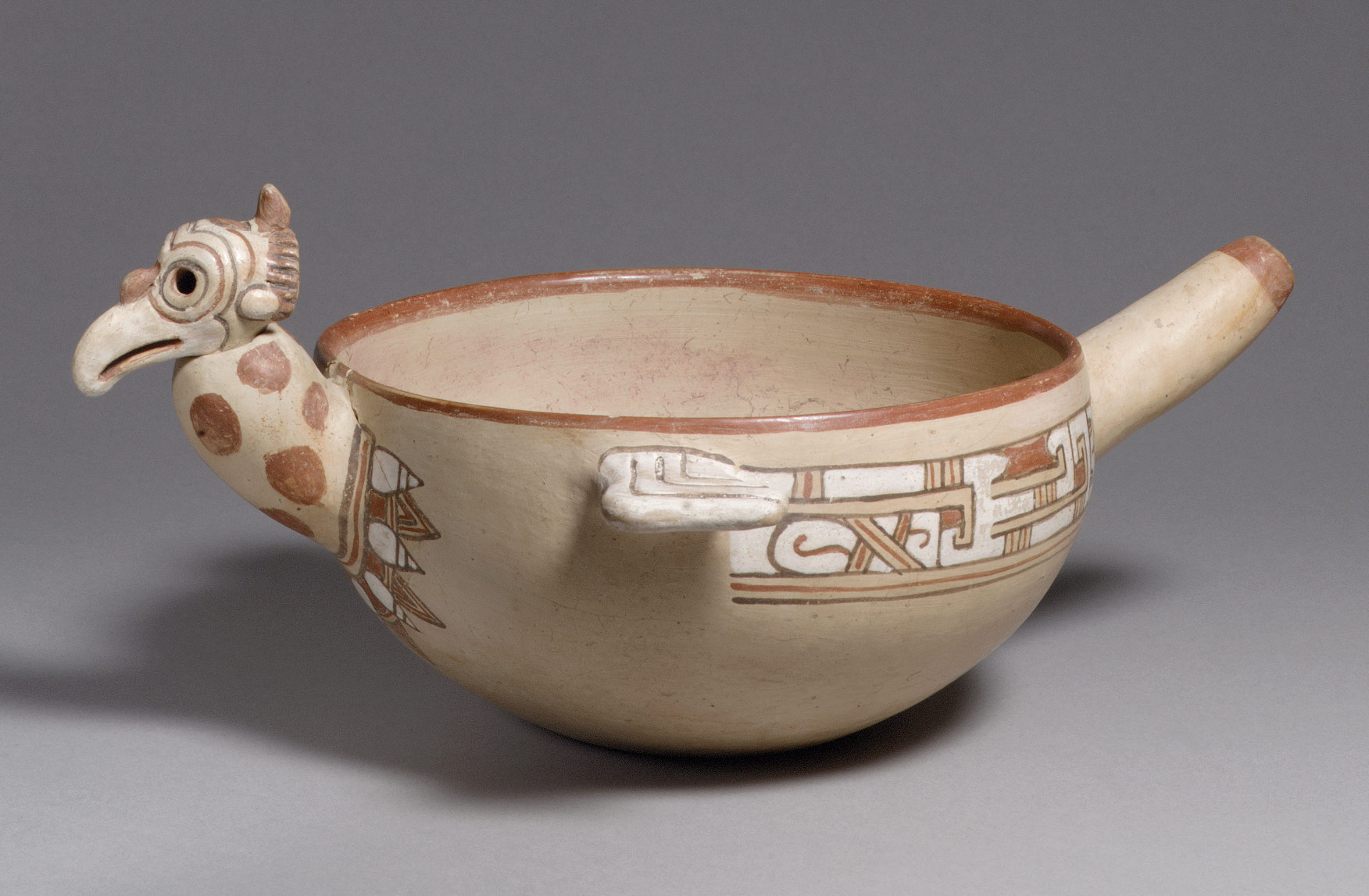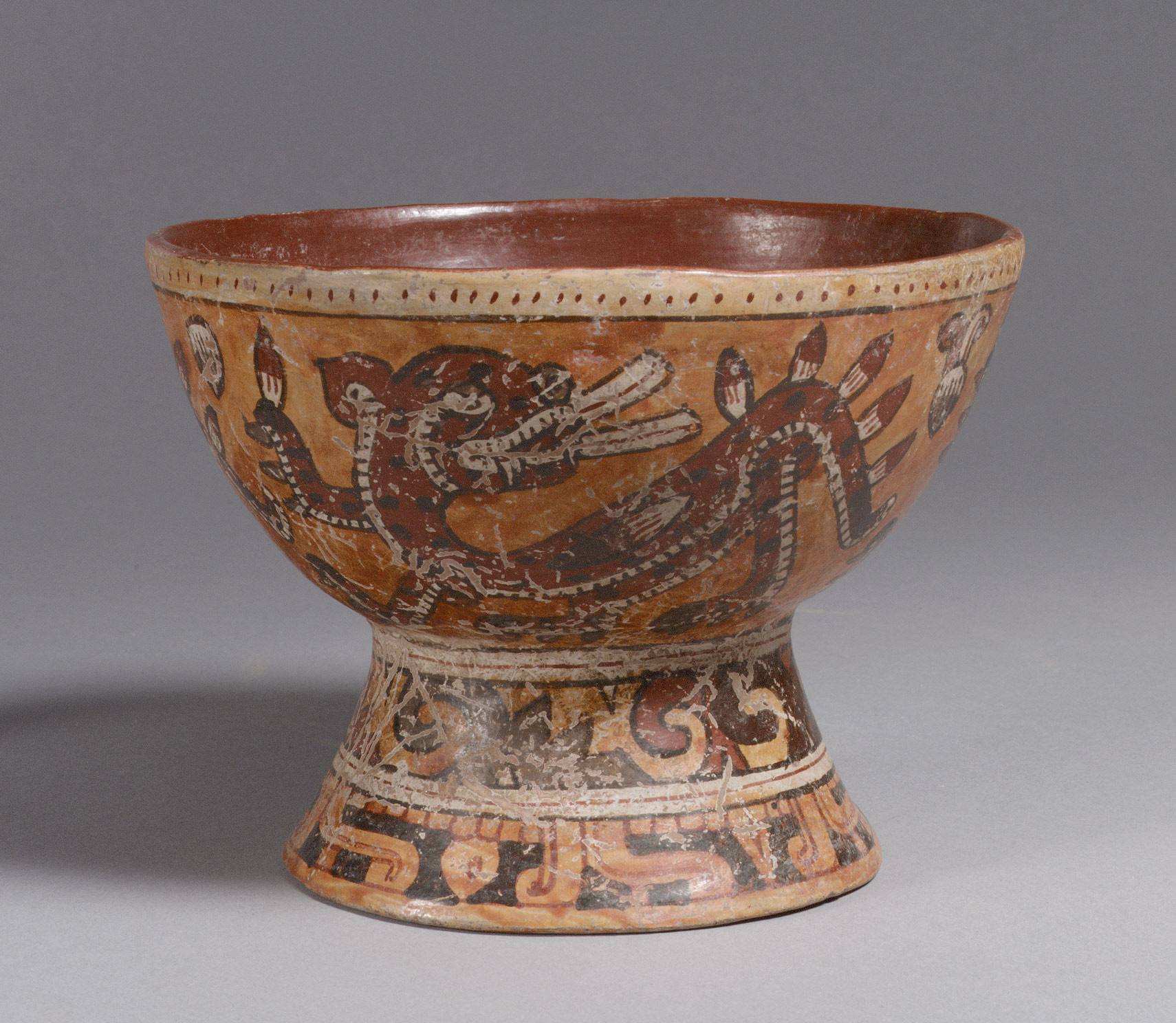Countless cities and small city-states exist in central Mexico; populations increase substantially. The city-states engage in constant warfare while trying to expand their political and economic base. Most are unable to establish themselves in larger domains or empires. Long-distance trade grows, and traveling merchants have an important place in the social hierarchy, as do professional soldiers. Stylistic features and symbols spread throughout large areas. About 1200, numerous Nahuatl-speaking groups from northern Mexico migrate to central Mexico, where the Aztec culture will coalesce. One of the northern groups, the Mexica, rises to prominence in the fifteenth century as rulers of the Aztec empire.
Mexico, 1000–1400 A.D.
Timeline
1000 A.D.
1100 A.D.
CENTRAL MEXICO
GULF COAST
WESTERN MEXICO
SOUTHERN MEXICO
1100 A.D.
1200 A.D.
CENTRAL MEXICO
GULF COAST
WESTERN MEXICO
SOUTHERN MEXICO
1200 A.D.
1300 A.D.
CENTRAL MEXICO
GULF COAST
WESTERN MEXICO
SOUTHERN MEXICO
1300 A.D.
1400 A.D.
CENTRAL MEXICO
GULF COAST
WESTERN MEXICO
SOUTHERN MEXICO
Overview
Key Events
-
ca. 1000
Tula, at the height of its cultural and political influence, is the largest city in central Mexico, covering some five square miles with a population of about 60,000 persons. At its center, the sacred precinct features two large ballcourts and two stepped pyramids. One, known as Pyramid B, is decorated with carved relief panels showing feathered serpents, prowling jaguars and coyotes, and eagles with human hearts in their talons.
-
ca. 1070
A small Mixtec city-state in the Mixteca Alta of highland Oaxaca—the Tilantongo kingdom—expands under the rulership of Lord 8 Deer Jaguar Claw (died early twelfth century at age fifty-two). A warrior, he conquers several towns and forges alliances through marriage. His spectacular exploits are subsequently recorded in pictorial manuscripts. Three survive today: the Codex Bodley, the Codex Zouche-Nuttall, and the Codex Colombino-Becker.
-
ca. 1100
Nahuatl-speaking peoples begin migrating toward central Mexico. They are led by their tribal god Huitzilopochtli (“Hummingbird on the Left”), his image borne on a priest’s shoulders. Aztlán (“Place of the Herons”), an island in a lake in west or northwest Mexico, is said to be their point of origin.
-
ca. 1150
In the far north, the city of Casas Grandes (also known as Paquimé) is an important exchange center for luxury materials from both the north and the south. Casas Grandes’ own distinctive ceramic wares are traded throughout the region.
-
ca. 1175
The violent destruction of the central Mexican city of Tula coincides approximately with the arrival of Nahuatl-speaking peoples from northern Mexico.
-
ca. 1200
The Huastec people of the northern Gulf Coast, linguistically related to the Maya, create highly individual forms of stone sculpture and ceramics.
-
ca. 1225
West Mexican metalworkers produce bells, rings, and tweezers in copper-tin bronze and copper arsenic bronze.
-
ca. 1250
Cholula to the east of the Basin of Mexico is conquered by the northern Tolteca Chichimeca people and a new ceremonial precinct is built around the Pyramid of Quetzalcoatl. Cholula’s Great Pyramid was the focal point of religious activity for over a thousand years.
-
ca. 1300
A new geometric, vividly colored painting style—possibly originating in Cholula—appears, primarily used on ceramic vessels and in pictorial manuscripts. Named Mixteca-Puebla for the regions of its greatest concentration, depictions include gods, religious rituals and symbols, as well as events relating to dynastic histories. It is widely disseminated throughout central Mexico.
-
ca. 1300
In the west, the Tarascan people of the Pátzcuaro Basin assume control of some northern trade routes. Talented craftsmen, they produce fine ornaments of gold, silver, and paper-thin obsidian (a volcanic glass).
-
ca. 1325
The Mexica people settle on a marshy island in the Basin of Mexico’s Lake Texcoco after almost 200 years of wandering. Naming their city Tenochtitlan, they build a sanctuary dedicated to their tribal/war god Huitzilopochtli and to the ancient rain god Tlaloc.
-
ca. 1350
In the Oaxaca Valley, Mixtecs marry into Zapotec royalty, increasing their local power. Mixtec metalsmiths produce exquisite gold ornaments valued throughout Mexico.
-
ca. 1371
In the Basin of Mexico, Tezozomoc (r. 1371–1426) becomes king at Azcapotzalco, then the most powerful city-state in the region. He assumes control of neighboring Tenochtitlan and names Acamapichtli its king.
-
ca. 1372
Acamapichtli (r. 1375–95) enlarges Tenochtitlan’s main sanctuary, building two temple pyramids side by side. He forges political alliances through strategic marriages.
-
ca. 1391
Huitzilihuitl (r. 1396–1417), son and successor of Acamapichtli in Tenochtitlan, expands the economic and political power of the Mexica in the Basin of Mexico, while remaining subordinate to Azcapotzalco.
-
ca. 1400
The Tarascan state expands rapidly, stretching between two of Mexico’s great rivers, the Lerma-Santiago in the north and the Balsas in the south. The region is rich in resources, including copper, gold, silver, obsidian, and onyx marble. The capital, Tzintzuntzan, has a population of approximately 35,000 people.
Citation
“Mexico, 1000–1400 A.D.” In Heilbrunn Timeline of Art History. New York: The Metropolitan Museum of Art, 2000–. http://www.metmuseum.org/toah/ht/?period=07®ion=cam (October 2001)
Related
Map
